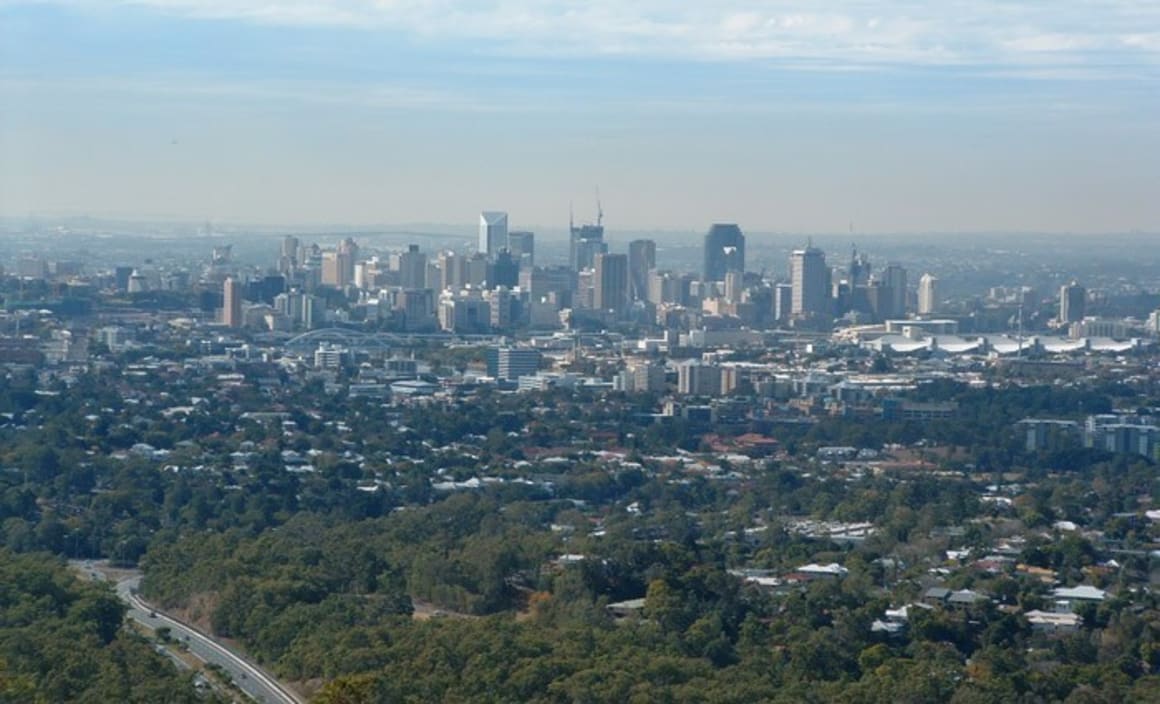Brisbane houses have best prospect over next three years: BIS Shrapnel

BIS Shrapnel forecasts that only Brisbane and Sydney will experience house price growth after adjusting for inflation over the next three years.
However Brisbane is tipped to be the boom city, with BIS Shrapnel forecasting 17% nominal growth which would be around 8% after inflation.
Sydney prices are expected to climb over the next two years before declining in 2017, resulting in a 10% nominal gain over the three year period reflecting a 1% real gain.
The Sydney and Brisbane growth will be underpinned by tight housing supply.
Meanwhile the Melbourne market continues to face challenges, including a subdued manufacturing sector, so BIS says its property prices will rise by just 8% in nominal terms, thereby being a 1% decline in real-terms between now and 2017.

Overall the national momentum in price growth that emerged in 2013/14 is expected to continue to support prices in 2014/15 and to a lesser extent in 2015/16, however, rising construction and the potential for oversupply in many markets, together with an eventual tightening in interest rate policy, will potentially create conditions for price declines by 2016/17.
According to BIS Shrapnel’s Residential Property Prospects, 2014 to 2017 report, tight markets and low interest rates have been the catalyst for the strength in the Sydney, Melbourne, Perth and Darwin markets over the past 12 months, as well as an emerging upturn in Brisbane.
In the other capital cities, low interest rates have been helping to support stronger purchaser activity, if not stronger price growth.
BIS Shrapnel senior manager Angie Zigomanis, says that although prices have been rising in a number of capital cities, affordability at current interest rates are sufficiently attractive to maintain further price growth for now.
"Rising construction pipelines have not yet worked their way through to completion and therefore supply, so pressures in most markets still remain.
“The current standard variable rate of 5.95% is, outside of the GFC emergency low interest rates in 2009, the lowest level in over 40 years.
“As a result, affordability in most capital cities remains at early-2000s levels, which should be supportive of price growth.
“The low interest rates have had minimal impact on first home buyer demand, which has weakened considerably as state governments have removed incentives for established dwellings in favour of targeted incentives for new dwellings.
"However, this weakness has been more than compensated for by the strength of ‘next time buyers’ and investors.
"Population growth has also experienced a surge as net overseas migration increased from a low of 180,200 in 2010/11 to 244,400 in 2012/13, with the subsequent rise in rental demand also placing pressure on many capital city markets and helping to underpin price growth.”
These conditions are expected to continue to support prices over 2014/15 in light of relatively muted economic conditions as the economy transitions from being driven by resource investment to being driven by consumption and business and residential investment.
But the report warns of rapidly weakening economies in Western Australia and the Northern Territory – as mining investment is wound back – with slowing price growth in Perth and Darwin.
"With limited dwelling deficiencies, or oversupplies, the markets in South Australia, Tasmania and Australian Capital Territory are expected to remain relatively flat."
Brisbane’s estimated median house price of $475,000 in June 2014 represents an eight% increase for the year.
"From a fundamental perspective, things are improving in the Brisbane market," Angie Zigomanis says.
He noted new dwelling construction had fallen below underlying demand in the Queensland market in recent years and an underlying deficiency of dwellings has emerged, with vacancy rates in Brisbane of 2.3% in March quarter 2014.
"Brisbane’s median house price at June 2014 is seven% below its June 2010 peak in real terms, which together with the low interest rate environment has resulted in affordability being at early-2000s levels.
"This is all beginning to have an impact on purchaser sentiment, with upgrader and investor demand increasing and encouraging price rises.
“The pieces are falling into place for the Brisbane residential market to continue to strengthen,” said Zigomanis.
“However, the pace of price growth is likely to be moderate, with economic conditions still relatively subdued and net interstate migration inflows are at low levels.”
BIS Shrapnel forecast single digit price growth of seven to eight% per annum is forecast over 2014/15 and 2015/16 as purchaser activity continues to strengthen.
A corresponding increase in new dwelling construction should also contribute to stronger economic conditions, particularly with a sizeable underlying dwelling deficiency expected to still be in place.
The forecast peak in interest rates is expected to slow price growth by 2016/17, although price declines are not expected given the presence of an undersupply of dwellings.
A total rise of 17% in the Brisbane median house price is forecast over the three years to 2017, representing an average rise of 5.3% per annum.